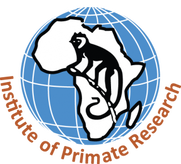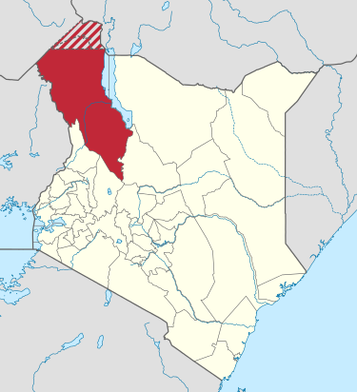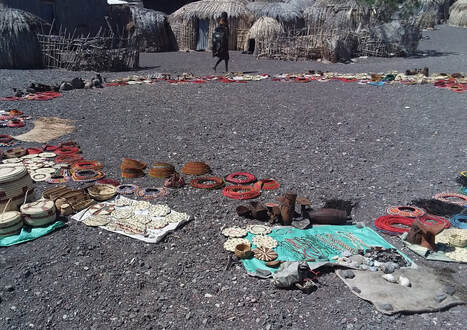History of the project
The Turkana Health and Genomics Project involves scientists from several US and Kenyan universities, as well as Kenyan research partners and support staff. The project was conceived of by Drs. Julien Ayroles and Dino Martins. Dr. Amanda Lea joined the team as a postdoc with Dr. Ayroles in 2017, and sampling began in April 2018. The project has continued to grow since that time and has welcomed Dr. Joseph Kamau as a principal investigator, as well as many excellent research assistants, trainees, and collaborators. The project is based out of Mpala Research Centre in Laikipia County, and we are incredibly grateful to the staff there for making our work possible. We are also grateful for the scientific and logistical support we have received from the Turkana Basin Institute and the Institute of Primate Research. Our work is funded by Princeton University, Vanderbilt University, The Chan Zuckerberg Initiative, and the National Institutes of Health.
Partner institutions
About the Turkana people
|
The Turkana are one of the largest Nilotic groups in Kenya and total over 1 million people. They share ancestry with the Karamojong people of northeast Uganda, and are thought to have split from this group and moved into the northwest corner of Kenya (called Turkana county) within the last 300-400 years. This region of Kenya is extremely arid, with high year round temperatures and very little rainfall. To cope with the lack of readily available food sources, the Turkana people have traditionally practiced semi-nomadic pastoralism. They herd dromedary camels, zebu cattle, fat tailed sheep, goats, and donkeys, and move with the seasons to find vegetation and water for their animals. As a result of their pastoralist lifestyle, over 80% of the Turkana diet is derived from milk or other animal products and daily protein intake is extremely high (>300% of the WHO requirements), but total caloric intake is moderate (1,300-1,600 kcal/day for adults). Traditional pastoralist Turkana are extremely active and spend most of their day herding their livestock or obtaining water (which can be scarce in the arid environment and energy-intensive to obtain). The first major goal of our research project is to understand how the Turkana have adapted to their unique lifestyle, especially their high-protein diet and ability to cope with desert conditions.
|
|
As infrastructure in Kenya has improved in the last few decades, small-scale markets have expanded into northwest Kenya leading some Turkana to no longer practice nomadic pastoralism and to rely more heavily on the market-economy. Specifically, these individuals make and sell charcoal or woven baskets, fish or farm, or keep animals in a fixed location for trade rather than subsistence. In addition to the emergence of this “non-pastoralist” (but still relatively subsistence-level) subgroup within Turkana county, some individuals have left the Turkana homelands entirely and now live in highly urbanized parts of central Kenya. There, they experience very different diets and activity patterns relative to traditional pastoralist Turkana. The second major goal of our research project is to understand how rapid lifestyle change within the Turkana influences cardio-metabolic health.
|
Key references and further reading:
Galvin K (1992) Nutritional Ecology of Pastoralists in Dry Tropical Africa. Am J Hum Biol 4:209–221.
Lamphear J (1988) The People of the Grey Bull: The Origin and Expansion of the Turkana. J Afr Hist 29:27–39.
Little MA, Leslie P, eds (1999) Turkana Herders of the Dry Savanna: Ecology and biobehavioral response of nomads to an uncertain environment (Oxford University Press, Oxford).
Anthropological research conducted by Dr. Sarah Mathew at Arizona State University
Galvin K (1992) Nutritional Ecology of Pastoralists in Dry Tropical Africa. Am J Hum Biol 4:209–221.
Lamphear J (1988) The People of the Grey Bull: The Origin and Expansion of the Turkana. J Afr Hist 29:27–39.
Little MA, Leslie P, eds (1999) Turkana Herders of the Dry Savanna: Ecology and biobehavioral response of nomads to an uncertain environment (Oxford University Press, Oxford).
Anthropological research conducted by Dr. Sarah Mathew at Arizona State University





